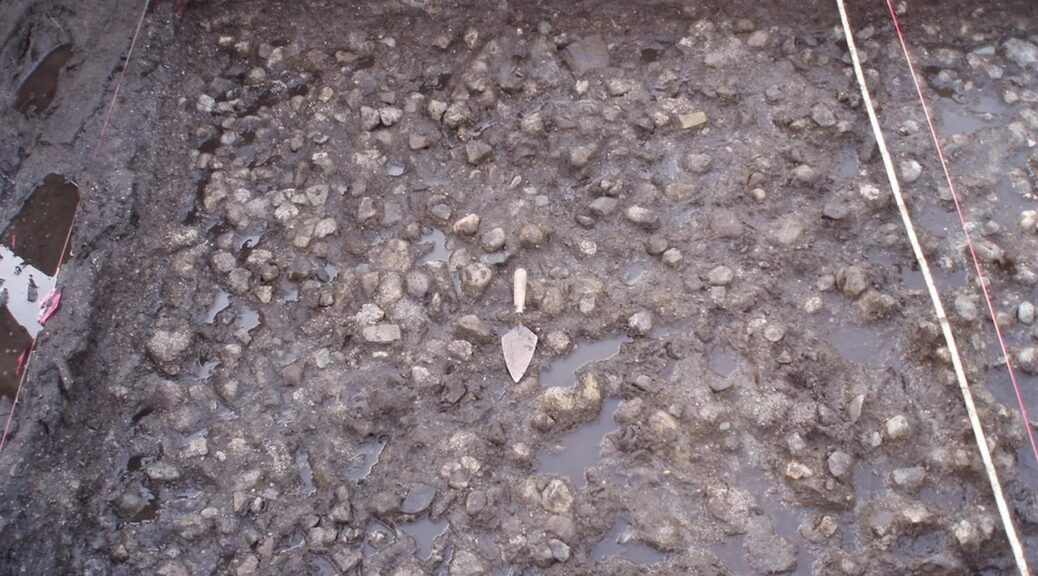3,800-year-old Underwater Potato Garden Uncovered in Canada
Hundreds of blackened potatoes were pulled out of the ground at a prehistoric garden in British Columbia, Canada. Dating back to 3,800 years before the present, the garden was once under water, in an ecologically rich wetland.

And it shows sign of sophisticated engineering techniques used to control the flow of water to more efficiently grow wild wapato tubers, also known as Indian potatoes.
Archaeologists led by Tanja Hoffmann of the Katzie Development Limited Partnership and Simon Fraser University in British Columbia excavated the garden during roadwork on Katzie First Nation territory just east of Vancouver, near the Fraser River.
The site had been waterlogged for centuries, resulting in good preservation of plant and other organic materials like wooden tools that would have normally disintegrated over time.
In all, the researcher counted 3,767 whole and fragmented wapato plants (Sagittaria latifolia). Today, these plant are found in wetlands across southern Canada and the United State.

Though they were not domesticated, the chestnut-sized roots had long been important to indigenous peoples, and they are mentioned in some of the 1st ethnographic accounts of the Pacific Northwest.
Explorer Meriwether Lewis and William Clark, for example, were offered wapato roots at a native village near present day Portland, Oregon.
Clark wrote in his diary that the plant resembled a “small Irish potato,” and after being roasted, had “an agreeable taste and answers very well in place of bread.”
The ancient tubers that were discovered in British Columbia had turned dark brown to black in color, and some still had their starchy insides preserved.

The garden had been covered in tightly packed, uniformly sized rock, leading the researchers to conclude that this was a man made deposit.
Wapato plants can grow far underground, but an artificial rock “pavement” would have controlled how deep the roots could penetrate.
This would have allowed the harvesters to more easily find the tubers and pull them out of the muck, Hoffmann and her colleagues wrote in their study.
Besides this waterlogged garden, the archaeological sites also had a dry area where people would have lived. The researcher also found about 150 wooden tools that would have been used to dig out the plants.
Radiocarbon dates from the burnt wood found at the site suggest it dates back to 3,800 years ago and was abandoned 3,200 years ago.
The site could represent the 1st direct evidence of wetland plant cultivation in the prehistoric Pacific Northwest, according to the report on this discovery.
